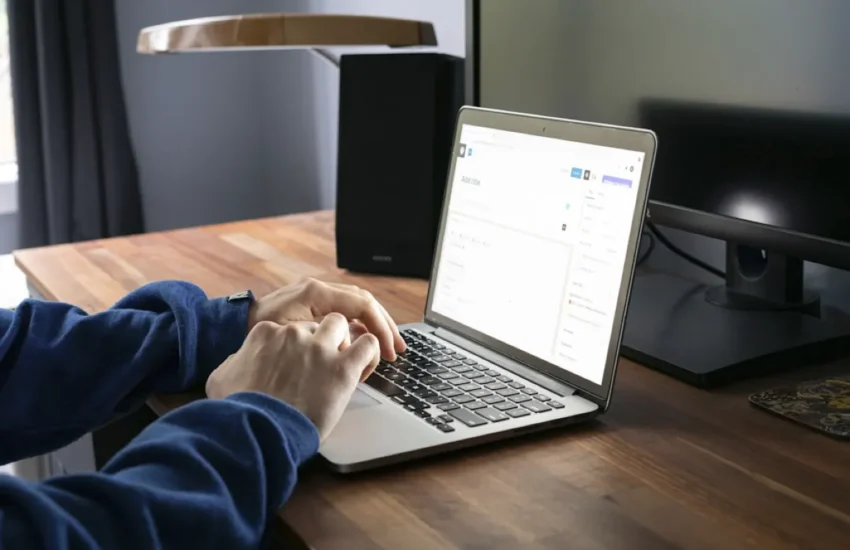The Best Maintenance Practices for Your Electric Trailer Brake Kit
If you’re relying on your electric trailer brake kit to keep your load safe, proper maintenance isn’t just a nice-to-have—it’s essential. Whether you’re towing a caravan, a boat, or a work trailer, neglecting these brakes can lead to performance issues and even safety risks.
Fortunately, with some straightforward practices, you can keep your electric trailer brakes running smoothly and avoid unexpected headaches.
Why Maintenance Matters

Electric trailer brakes play a crucial role in stopping power, especially when towing heavy loads. They ensure your vehicle and trailer stop in sync, providing smoother braking and better control. But like any mechanical system, they experience wear and tear. Regular maintenance helps you avoid:
- Performance drop-offs – A loss of braking efficiency can be dangerous, especially on steep declines or in emergencies.
- Costly repairs – Catching issues early prevents them from becoming expensive fixes.
- Safety risks – Faulty brakes could lead to accidents, putting you and other road users at risk.
Taking care of your brakes doesn’t just save money; it gives you peace of mind every time you’re towing.
Step 1: Inspect the Components Regularly
When was the last time you gave your electric trailer brake kit and overall system a thorough check? Regular inspections are the backbone of brake maintenance and should be a habit, not an afterthought. Here’s what to look for:
- Brake pads – Check for wear. If they’re thinner than the manufacturer’s recommendations, it’s time to replace them.
- Magnets – Look for uneven wear or damage. A weak magnet means less braking force.
- Drums – Inspect for scoring, cracks, or grooves. Damaged drums affect the overall braking system.
- Wiring – Ensure all connections are secure and free from corrosion. Frayed or broken wires need immediate attention.
Keeping an eye on these components ensures your system remains reliable and efficient.
Step 2: Test the Brake Controller
The brake controller is the brain of your electric trailer brake system. It sends power to the brakes based on your vehicle’s deceleration. Regular testing ensures it’s functioning correctly. Here’s how:
- Adjust the settings – Start by testing the output level. It should apply enough braking force without locking the wheels.
- Look for error codes – Many modern controllers display error messages if something isn’t working. Don’t ignore these warnings.
- Perform a manual override – Use the controller’s manual braking feature to ensure it activates the brakes smoothly and consistently.
A responsive brake controller keeps you in control, especially during sudden stops or emergencies.
Step 3: Clean and Lubricate Moving Parts
Dust, dirt, and moisture are the enemies of your electric trailer brakes. They can clog up components and cause unnecessary friction. Keeping everything clean and properly lubricated is a simple yet effective way to maintain performance.
- Clean the drums – Use a brake cleaner to remove dust and debris from the drum surfaces.
- Grease moving parts – Apply high-temperature grease to areas like the brake adjuster and backing plate pivot points. Don’t overdo it; excess grease can attract more dirt.
- Check for rust – Remove any corrosion on metal surfaces, as it can interfere with braking performance.
Regular cleaning and lubrication ensure your brakes stay responsive and reduce the likelihood of premature wear.
Step 4: Adjust Brake Settings
Your electric trailer brakes need to be properly adjusted for optimal performance. Too tight, and they’ll drag, causing excessive wear. Too loose, and they won’t provide enough stopping power. Adjusting them is straightforward and can make a big difference in performance.
- Jack up the trailer – Spin the wheels by hand and adjust the star wheel until there’s a slight drag.
- Test on the road – After adjustments, take a short drive and check if the braking feels smooth and balanced.
- Repeat as needed – Over time, components settle, and adjustments may need fine-tuning.
This step ensures your brakes are in sync with your towing setup.
Step 5: Replace Worn Components
Even with the best care, some parts will eventually need replacing. Knowing when to swap them out is key to avoiding breakdowns. Keep an eye on:
- Brake pads and magnets – These are the most commonly replaced components and should be checked during every inspection.
- Drums and bearings – Replace these if they show significant wear or damage.
- Wiring harnesses – If the wires look brittle or corroded, it’s better to replace them before they fail.
Using high-quality replacement parts ensures the longevity and reliability of your system.
How Often Should You Perform Maintenance?
The frequency of maintenance depends on how often and how hard you use your trailer. Here’s a general guideline:
Before every trip
Do a quick visual inspection of the system. Look for obvious issues like damaged wires or loose connections.
Every 5,000 to 10,000 kilometres
Perform a more thorough check, including cleaning, lubrication, and adjustments.
Annually
Consider a professional inspection to ensure all components are in top shape.
Consistent maintenance routines keep small problems from turning into bigger ones.
Troubleshooting Common Issues
Even with regular care, problems can arise. Here are a few common issues and how to address them:
Brakes not engaging
Check the brake controller, wiring, and magnets for faults.
Uneven braking
Inspect for uneven wear on pads or magnets and ensure the brake drums are in good condition.
Overheating
This often results from dragging brakes. Adjust the settings or replace worn parts.
If troubleshooting doesn’t solve the problem, it may be time to consult a professional.
Keep Your Brakes Road-Ready
Maintaining your electric trailer brake kit doesn’t have to be complicated. With a bit of regular attention, you can ensure your brakes perform reliably and extend their lifespan. The next time you’re towing, ask yourself—when did I last check my brakes? A little effort now can save you a lot of stress later.


